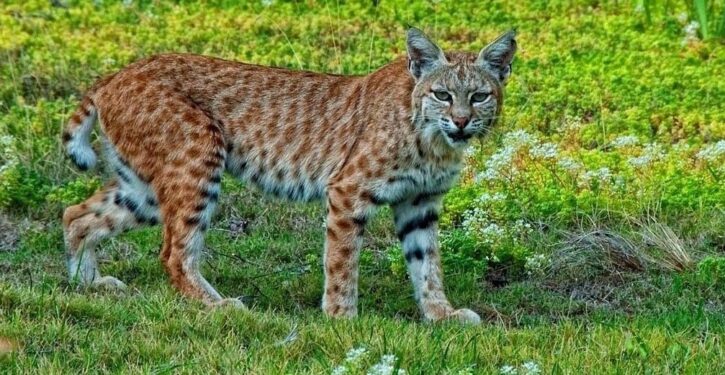
Bobcats have returned to New Jersey after being gone from the state for over 50 years. Nature explains:
The Lynx rufus population began to decline in the Northeast after the arrival of European settlers in the 1600s who trapped them for the international fur market. As the human population grew, farms, towns and cities severed previously unbroken habitat, and at the turn of the 20th century, massive deforestation for lumber and fuel left bobcats without room to roam, hide and hunt. Numbers dwindled, and in the early 1970s bobcats essentially vanished from the Garden State.
Losing a top predator disrupts nature’s balance. It wasn’t long before the NJDEP decided to bring back the state’s only wild cat. From 1978 to 1982, biologists captured 24 bobcats in Maine and relocated them to northern New Jersey. In 1991, the state declared them protected as an endangered species.
Reintroduction and protection are bringing them back. As of 2022, there were an estimated 200 to 400 Jersey-based wild cats. ‘The fact that bobcats are thriving and growing as a population signifies to us that conservation efforts [for the animals and their habitat] are working,’ says Eric Olsen, director of The Nature Conservancy’s New Jersey conservation program.
Brazil’s rarest parrots have made a comeback, avoiding extinction.
Fish species are rebounding off the coast of California due to their young finding a sanctuary in abandoned oil rigs.



